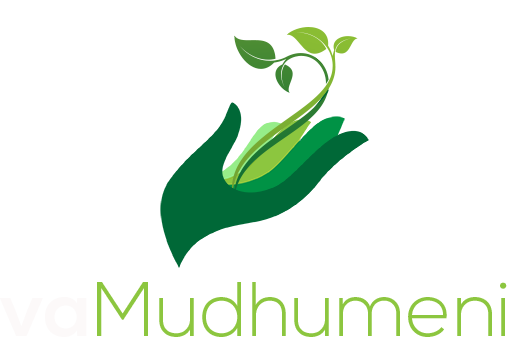As this Crop #GALIC is now gaining popularity nowadays on particularly because of it’s high value, we have decided to equip you with some handy information on how you can produce it #EFFECTIVELY
👉🏿Garlic is used as condiment for flavouring and it also has medicinal properties.
👉🏿It can be dehydrated and crushed to powder, for use in different dishes.
Climatic requirement
👉🏿Garlic is less able to stand high temperatures. The crop is frost hardy however Optimum growth is achieved at 12-16 degree and the best planting time in Zimbabwe is April to May.
👉🏿Bulbing occurs during longer days and higher temperatures and subsequent exposure to lower temperature.
Soils
-Requires well drained soils with good tilth and which are rich in organic matter..
-Soil pH range is 5.5-6.0 (CaCl2) for best results.
Propagation
-Garlic is propagated by segments of bulb called cloves.
-The seed rate is 900-1100 kg /ha.
-Use biggest cloves to obtain vigorous high yielding plants.
Planting
-Soils should be worked to a fine tilth.
-The cloves should be separated carefully to avoid double cloves which give twin plants and misshaped bulbs.
-Plant with the tip of clove just above ground level.
Spacing
-Rows spacing is 20 cm. Place the cloves at 8-10 cm apart in the row.
Fertilisation
-Apply compound C at a rate of 350-500 kg /ha and top dress with 200-300 kg /ha AN per month after planting.
👉🏿Garlic also responds well to Organic Manure.
Irrigation
-Never allow garlic to run short of moisture.
-At each irrigation water to field capacity .
-Water less frequently but increase the rate during bulb enlargement and cease watering 1 month before harvest.
Diseases
-Garlic is not very susceptible to diseases but some of the diseases are listed below.
Downy mildew
-Common when weather is wet with high humidity. Symptoms include a violet – greyish mold on the leaves.
-Can be controlled using Radomil at the rate of 25 g /10 L of water.
Purple blotch
-Causes drying of leaves with sunken spots.
-Leaves become purple with yellow halo.
-Can be controlled using Dithane M45 @ 20g/ 10 litres of water or Bravo 10ml/ 10l of water.
Neck rot and Black mold
-These are destructive storage diseases which result in bulbs turning black.
-Can be controlled by storing under low temperatures and well ventilated rooms.
-Eliminate any damaged diseased bulbs before storage.
Pests Thrips
-These cause silvery blotches on leaves and are usually found inside the leaf sheath at the apex.
-Scouting is very important because usually when symptoms appear on leaves the damage would have occurred.
-Control using Malathion 20g/10 liters of water. Nematodes (Dictylenchus dipsaci)
-May infect the bulb and stem of plant the basal portion of plant becomes swollen, spongy and splits followed by decay.
-Stunted growth and twisting also occur.
-Always check source of planting material to avoid transferring nematodes and diseases.
Harvesting
-Crop matures 4-6 months after planting.
-Harvesting should be done in August to October when conditions are dry the bulbs must be lifted and left to cure on the ground for a week.
-Expected yield is 8-12 tonnes /ha with good management. .
Post Harvest
-At higher temperatures (26–32 C) garlic can be stored for 1 month.
-Intermediate temperatures (4.4 –18 0C) favours rapid sprouting and high relative humidity cause moulding.
-At 0 0 C and 65 % relative humidity, garlic stores for 28-36 weeks.
If you apply all these.. your harvest will be bumper😁


8 thoughts on “GARLIC PRODUCTION”
I want to be a member
https://chat.whatsapp.com/G4TKYNTdtn3JcuKclyecsY
Garlic is the best crop to grow with high yields,
thank you for your insight are you a garlic farmer?
Please join me to the group
https://chat.whatsapp.com/COazloMiBjF7ZA2vkIfP9f
Greetings. Help information. Thanks a lot. I wish to join the garlic group and my contacts are as follows +263 775 66 55 45. Kindly add me.
https://chat.whatsapp.com/COazloMiBjF7ZA2vkIfP9f